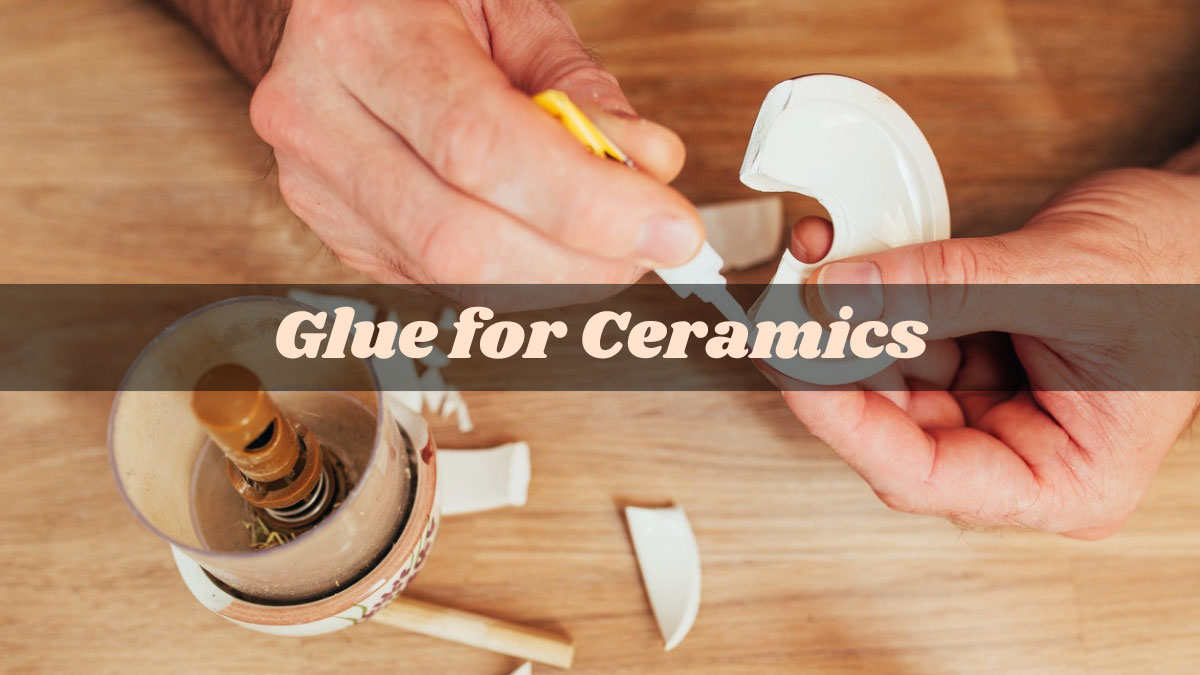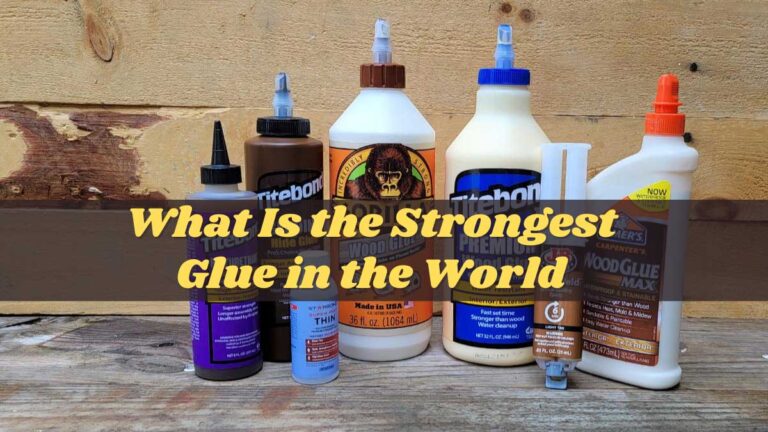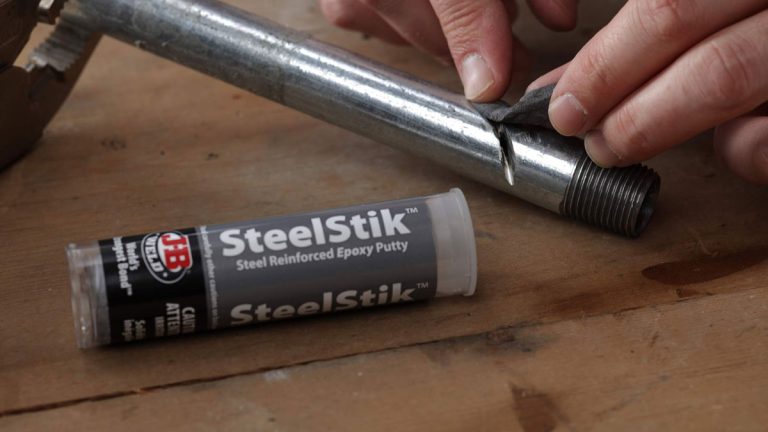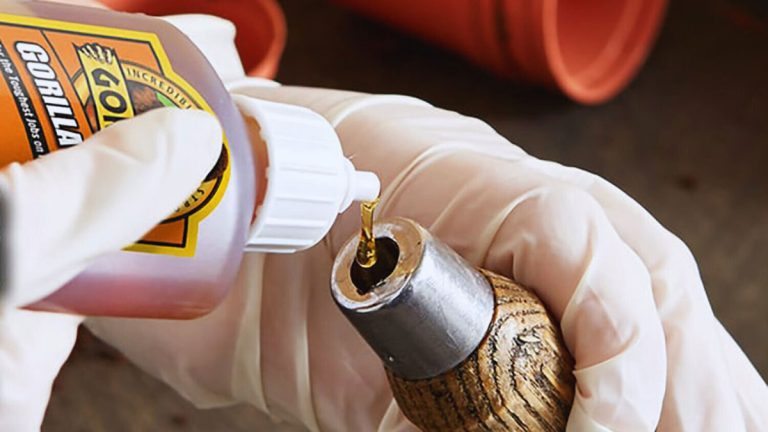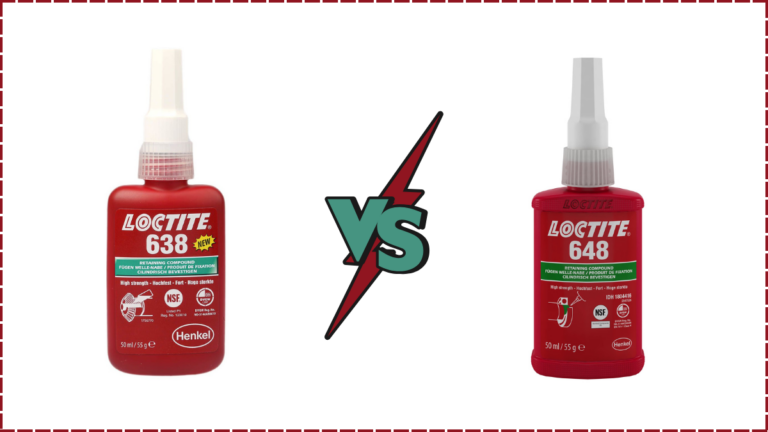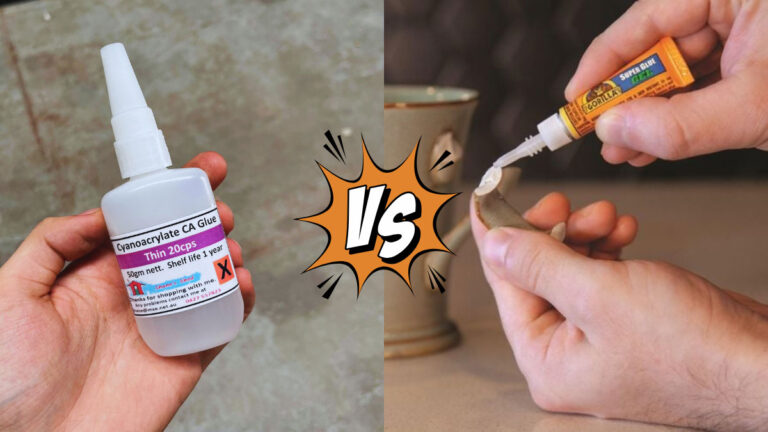Glue for Ceramics: Best Adhesives for Effective Repairs
Ever tried to fix a broken ceramic vase only to find it crumbling apart again? Finding the right glue for ceramics can be a game-changer. Ceramics, with their delicate yet durable nature, require specialized adhesives to ensure a lasting bond.
Whether you’re mending a treasured heirloom or tackling a DIY project, knowing which glue to use can save you time and frustration. From epoxy to super glue, each type has its strengths and weaknesses. Let’s jump into what makes a glue perfect for ceramics and how you can make the best choice for your needs.
Key Takeaways
- Proper Adhesive Selection: Choosing the right glue for ceramics is crucial for effective repairs. Epoxy and super glue are top choices, each with distinct advantages for different types of repairs.
- Understanding Glue Properties: Recognize the characteristics of various adhesives such as epoxy, super glue, acrylic, and silicone. This includes considerations like bonding strength, drying time, opacity, and food safety.
- Top Glue Recommendations: Evaluating top ceramic glues like Gorilla Super Glue Brush & Nozzle, Krazy Glue Home & Office Brush-On, and J-B Weld ClearWeld can help you select the best product for your specific repair needs.
- Surface Preparation and Application: Successful ceramic repairs require thorough cleaning of parts, precise application of glue, and securing pieces until the adhesive sets. Proper preparation ensures a stronger and longer-lasting bond.
- Safety Measures: Always work in a well-ventilated area, wear protective gear, and follow manufacturer instructions to ensure safety and effectiveness during ceramic repair projects.
Why Use Glue for Ceramic Repairs

Repairing damaged ceramics requires choosing the right adhesive to ensure a strong and enduring bond.
- Strong Bonding:
Epoxy and super glue excel in bonding but serve different purposes.
- Epoxy: Provides a robust structural bond suitable for filling gaps between parts. Ideal for repairs where the ceramic pieces don’t fit perfectly together.
- Super Glue (Cyanoacrylate): Forms a rapid bond but has low shear strength. Best for non-porous surfaces and tight-fitted repairs.
- Versatility:
Ceramic glues can bond ceramics to various materials, making them practical for multiple tasks.
- Loctite Go2 Gel: Bonds ceramic to wood, leather, plastics, glass, and metals. Useful for diverse repair needs.
- Loctite Super Glue Liquid Precision: Offers precise application for delicate repairs, ensuring a clean finish.
Definition List for Key Terms:
- Epoxy: A type of adhesive known for strong bonding and gap-filling capabilities.
- Super Glue (Cyanoacrylate): A quick-setting adhesive with high tensile strength but low shear resistance.
- Shear Strength: The ability of a material to resist forces that can cause the internal structure to slide against itself.
- Durability: Epoxy provides long-term strength, ideal for structural repairs.
- Quick Fixes: Super glue’s rapid bonding suits immediate repairs.
Using the right glue can restore ceramics, ensuring longevity and functionality.
Factors to Consider When Choosing Ceramic Glue
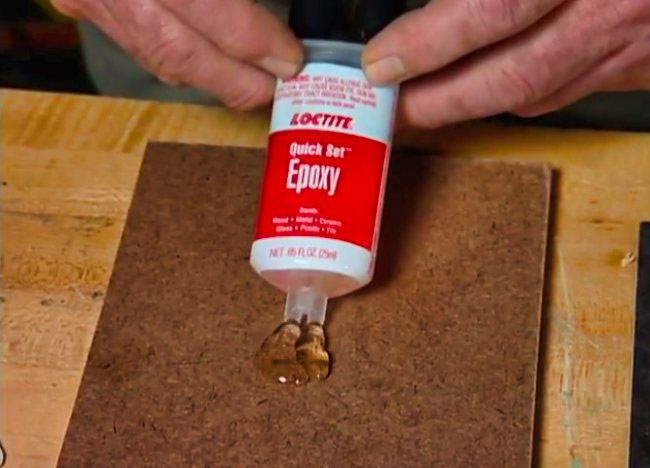
Glue Type
Selecting the right glue type is crucial for effective ceramic repairs. Here’s a breakdown of the main options:
- Cement-Based Adhesives: These are popular for their high bond strength, flexibility, and durability. They work well in applications like cement mortar beds, cement plaster screed, and kitchen areas.
- Epoxy Adhesives: Known for their strength and adaptability, epoxy adhesives are ideal for special applications such as fiberglass repair and reinforced bolts. But, they are more expensive and not as commonly adopted because of the cost.
- Acrylic, Silicone, and Cyanoacrylate Adhesives: Each type has specific uses. For instance, cyanoacrylate adhesives (superglues) excel in close-fitting joints and work particularly well on slightly alkaline surfaces.
Drying Time and Opacity
The drying time and opacity of the glue can significantly impact the outcome of your repair:
- Acrylic and Cyanoacrylate Glues: These generally offer fast drying times, often within seconds to minutes.
- Epoxy Adhesives: These typically require more time to dry, sometimes several hours, but provide a stronger bond.
- Opacity: Some glues dry clear, making them ideal for visible repairs, while others may dry opaque, which could require additional steps to conceal the glue line.
Food Safety
Food safety is essential if the ceramic item will come into contact with food or drink:
- FDA-Approved Glues: Ensure the adhesive is certified as food-safe.
- Application Areas: Different adhesives have varying certifications. Always check the label for information about usage in food-related environments.
Waterproof vs. Water-Resistant
Understanding the difference between waterproof and water-resistant adhesives can influence your choice:
- Waterproof Adhesives: These are impervious to water and provide a lasting bond even when submerged.
- Water-Resistant Adhesives: These can resist water to some extent but may weaken over time with constant exposure.
| Glue Type | Strength | Drying Time | Opacity | Food Safety | Waterproof |
|---|---|---|---|---|---|
| Cement-Based Adhesives | High | Moderate to Long | Often Opaque | Not Food-Safe | Water-Resistant |
| Epoxy Adhesives | High | Long | Varies | Sometimes Food-Safe | Waterproof |
| Acrylic, Silicone, Cyanoacrylate | Varies | Short to Moderate | Often Clear | Varies | Often Water-Resistant |
Choosing the right adhesive involves considering glue type, drying time, opacity, food safety, and water resistance. Understand your project’s needs to make an well-informed choice.
Top Ceramic Glues for Different Needs
Choosing the right glue for ceramic repairs is crucial to ensure a secure and lasting bond. Each type of glue offers unique advantages, making certain products better suited for specific tasks. Explore these top recommendations to find what best meets your ceramic repair needs.
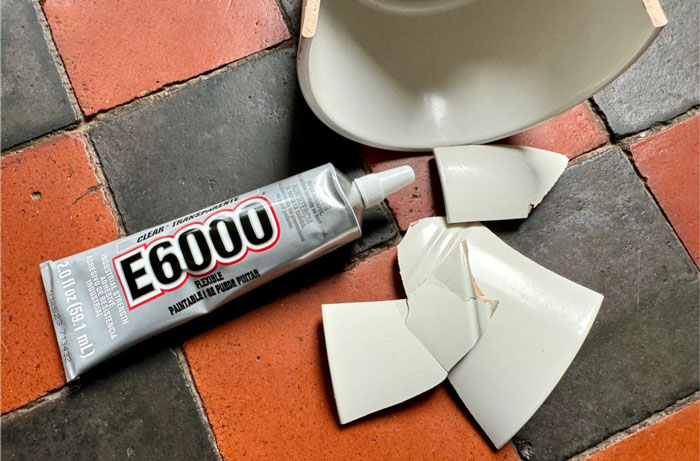
Best Overall
Gorilla Super Glue Brush & Nozzle
- Versatility: Works on a variety of surfaces plus to ceramics.
- Applicator Options: Includes both a brush and a nozzle, allowing for precise application.
- Bond Strength: Provides a strong, reliable bond that is both durable and long-lasting.
Best Bang for the Buck
Krazy Glue Home & Office Brush-On Glue
- Cost-Effective: Offers strong adhesive power at an affordable price point.
- Ease of Use: The brush applicator ensures easy and mess-free application.
- Reliable Bond: Creates a solid bond suitable for everyday ceramic repairs.
Best Epoxy
J-B Weld 50112 ClearWeld Quick-Setting Epoxy
- Gap Filling: Ideal for filling cracks and gaps in ceramics.
- Quick Setting: Sets quickly, allowing for faster project completion.
- Transparent Bond: Provides a clear, strong bond that virtually disappears.
Best Waterproof
Gorilla Glue Original Waterproof
- Waterproofing: Perfect for ceramics exposed to moisture.
- Strong Bond: Ensures a robust bond that can withstand wet conditions.
- Versatile Use: Applicable to different types of ceramic projects, both indoor and outdoor.
Best Food-Safe
Elmer’s China & Glass Cement
- FDA Approved: Safe for use on items that come into contact with food.
- Clear Bond: Dries clear, maintaining the appearance of your ceramic items.
- Non-Toxic: Contains no harmful substances, making it safe for all users.
Honorable Mentions
- Loctite Ultra Gel Control Super Glue: Known for its flexibility and resistance to shock.
- E6000 Craft Adhesive: Offers industrial-strength bonding that remains flexible.
- Titebond Original Wood Glue: Though primarily for wood, it bonds well to porous ceramics.
| Glue Name | Key Features | Best For | Bond Strength | Setting Time |
|---|---|---|---|---|
| Gorilla Super Glue Brush & Nozzle | Versatility, dual applicators | Overall | Strong | Instant |
| Krazy Glue Home & Office Brush-On | Cost-effective, easy application | Budget-Friendly | Reliable | Seconds |
| J-B Weld 50112 ClearWeld Epoxy | Gap filling, quick setting | Cracks and Gaps | Strong | 5 Minutes |
| Gorilla Glue Original Waterproof | Waterproof, strong bond | Moist environments | Robust | 1-2 Hours to Tack |
| Elmer’s China & Glass Cement | FDA approved, clear and non-toxic bond | Food-Safe Repairs | Durable | 1 Hour |
Selecting the appropriate adhesive can make a significant difference in the longevity and functionality of your ceramic repairs. Use this guide to determine which glue best fits your project requirements, ensuring lasting results.
Tips for Effective Ceramic Repairs
Restoring broken ceramics can be challenging, but with the right techniques and glue, the process becomes manageable. Here are some tips to ensure successful ceramic repairs.
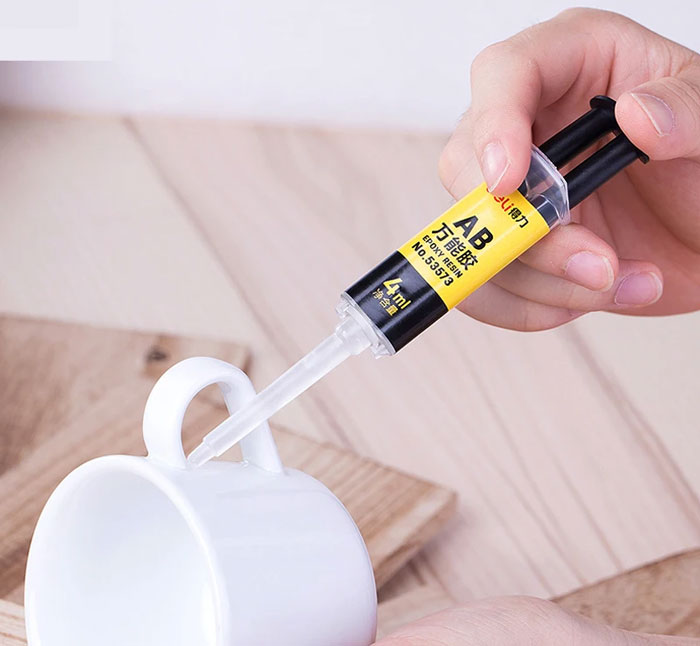
Preparing the Surface
Clean the Ceramic Pieces
Ensure the ceramic pieces are thoroughly cleaned and completely dry before applying the adhesive. Use warm water and mild soap to remove dirt and residues. This helps achieve a strong bond.
Remove Dust and Debris
Any dust or debris can interfere with the bonding process. Use a soft brush or cloth to remove particles. Even tiny fragments can affect the adhesive’s effectiveness.
Assemble Pieces Without Glue
Before applying glue, assemble the broken pieces. This helps verify that all parts are present and fit correctly. Adjust the fit as needed to ensure a precise repair.
Application Techniques
Apply Thin Layer of Glue
Apply a thin, even layer of glue to both sides of the broken ceramic. This ensures a strong, even bond. Avoid over-applying, as excess glue can cause a weak bond.
Press Pieces Together
Press the pieces together immediately, adjusting them quickly if necessary. Hold them firmly to ensure proper bonding. Misalignment can weaken the structure, so aim for precise alignment.
Clamp or Secure Pieces
If possible, use clamps or other objects to hold the pieces in place until the adhesive sets. This step provides additional stability and helps maintain the bond’s integrity.
Safety Precautions
Work in Well-Ventilated Area
Always work in a well-ventilated area to avoid inhaling fumes from the adhesive. Some adhesives can emit strong odors and harmful fumes.
Wear Protective Gear
Wear gloves to protect your skin from the adhesive. Some glues can cause irritation or allergic reactions. Protective eyewear is also a good idea to safeguard your eyes.
Read Manufacturer Instructions
Always follow the manufacturer’s instructions for the adhesive. These instructions provide specific information on application, drying times, and safety precautions.
| Step | Description |
|---|---|
| Clean the Pieces | Use warm water and mild soap, ensure they are dry. |
| Remove Dust and Debris | Use a soft brush or cloth to clear any particles. |
| Assemble Without Glue | Fit the pieces together before applying glue. |
| Apply Thin Layer | Apply a thin, even layer of glue to both surfaces. |
| Press Pieces Together | Align the pieces and press them firmly together. |
| Clamp the Pieces | Secure the pieces with clamps or objects until the adhesive sets. |
| Ventilation | Ensure good airflow to avoid inhaling fumes. |
| Protective Gear | Wear gloves and protective eyewear. |
| Manufacturer Instructions | Follow specific guidance provided by adhesive manufacturer. |
Using these tips, you can enhance the effectiveness and durability of your ceramic repairs. Proper preparation and application techniques ensure the bond holds strong, preventing future breakage.
Conclusion
Choosing the right glue for your ceramic repairs is crucial for ensuring durability and functionality. With options like epoxy for structural strength and super glue for quick fixes, you can tackle various repair needs effectively. Remember to consider factors like drying time, food safety, and waterproof properties when selecting an adhesive.
By following proper surface preparation and application techniques, you’ll achieve precise and long-lasting repairs. Whether you’re mending a valuable heirloom or a DIY project, using the best-suited adhesive will help restore your ceramic items beautifully.
Frequently Asked Questions
How long does epoxy take to dry on ceramic?
Epoxy typically takes about 5 minutes to set, but full curing time can be up to 24 hours for maximum strength.
Can I use super glue for ceramic repairs?
Yes, super glue is effective for small, non-porous ceramic repairs, as it dries quickly and offers a strong bond.
What is the best glue for filling gaps in ceramic repairs?
Epoxy is the best choice for filling gaps because it provides a robust structural bond and can fill imperfections between pieces.
Is it safe to use ceramic glue on items that come in contact with food?
It is safe as long as the glue is FDA-approved for food safety. Always check the product label for this certification.
What should I consider when choosing ceramic glue?
Consider factors like the type of glue, drying time, opacity, food safety, and whether you need a waterproof or water-resistant bond.
How do I prepare the surface for ceramic repair?
Clean the ceramic pieces thoroughly to remove dust and debris. Dry them completely before applying the adhesive.
Are there specific brand recommendations for ceramic glues?
Yes, top recommendations include Gorilla Super Glue Brush & Nozzle for overall use, Krazy Glue Home & Office Brush-On for budget repairs, and J-B Weld 50112 ClearWeld Quick-Setting Epoxy for gap filling.
Is waterproof glue suitable for ceramic repairs exposed to moisture?
Yes, waterproof glues like Gorilla Glue Original Waterproof are ideal for ceramics that will be exposed to moisture.
What are some practical tips for applying ceramic glue?
Apply a thin layer of glue, press pieces together firmly, use clamps for stability, and work in a well-ventilated area with protective gear.
Can I use Loctite Super Glue for ceramic repairs?
Yes, Loctite Super Glue Liquid Precision is an excellent choice, especially for small, precise repairs, and works well with various materials.

